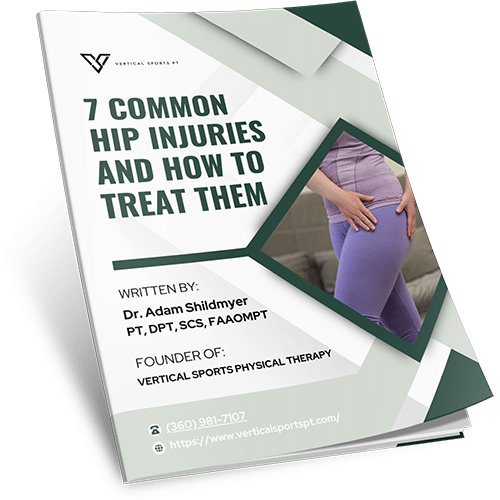Are You Being Held Back By Hip Pain? Have You Tried Everything To Fix It, But Feel Let Down?
This condition can significantly impact your daily life, making simple tasks like walking, climbing stairs, or sitting for extended periods challenging. For athletes, hip pain can drastically hinder performance, disrupt training routines, or leave you sidelined for months with a severe injury. For others, it can lead to reduced independence, social withdrawal, and even mental health challenges like frustration or anxiety.
What is Hip Pain?
Hip pain – discomfort or stiffness felt in or around the hip joint – can stem from various factors such as muscle strain, arthritis, labral tears, or overuse from high-intensity exercise. It commonly affects athletes, active individuals, and older adults.
What are the symptoms of Hip Pain?
Some people may experience hip pain during activities like walking, climbing stairs, or sitting for long periods. Clicking, locking, or deterioration of the hip joint can also occur, particularly with structural issues like labral tears. In more severe cases, swelling or difficulty bearing weight might accompany the pain.
To alleviate hip pain, many people we treat at Vertical Sports Physical Therapy have tried rest, ice or heat therapy, and over-the-counter pain medication. Others may have attempted stretching, foam rolling, or yoga to improve mobility and relieve tension. While these methods may provide temporary relief, they often fail to address the root cause of the problem and simply mask the pain.
This is why seeking treatment from experienced physical therapists who utilize natural remedies – the type of care that Vertical Sports PT can provide – is crucial for long-term recovery.
What Is Our Approach To Fixing / Treating Hip Pain?
When it comes to hip pain, we typically treat patients who fall into two main categories:
The first group features athletes performing cutting movements, such as those in sports that require frequent side-to-side or forward-backward motions, like pickleball or ice hockey. These athletes often experience hip strains or a sense of restriction, feeling like their hips lack mobility. Many people in this category wonder how to increase hip or thigh flexibility. These issues – stiffness, mobility restrictions, and underlying strength deficits – can all contribute to injuries.
For these individuals, we take a dynamic approach, focusing on the entire lower body. We assess stability and identify factors contributing to their mobility or strength impairments. Tools like force plates allow us to detect asymmetries that might be exacerbating the problem. Additionally, we use dynamometry to measure muscle force output and provide age-relative benchmarks. For instance, if you’re a 35-year-old playing in an adult ice hockey league and have recurring hip injuries, we might find your hip abduction strength is in the 30th percentile for your age. That tells us there’s significant room for improvement.
The second group includes individuals dealing with structural hip issues. This could range from youth athletes with labral tears to adults in their 50s or 60s starting to experience arthritis. Hearing the word ‘arthritis’ could be intimidating, often prompting fears of surgery. However, surgery should always be a last resort. There are many ways to improve your condition without jumping to the most drastic measures. We’ve successfully helped many patients delay hip surgeries for decades, restoring their freedom of movement and quality of life.
Treating hip pain requires a comprehensive approach. We start by evaluating how you move and perform manual techniques, such as soft tissue massage, joint mobilizations, and traction, to restore mobility and improve tissue quality. Once that’s achieved, we focus on progressive strength training to get you back to the activities and sports you love.
Download Our Free Report
Don’t let hip pain keep you on the sidelines. Take the first step in your road to recovery by downloading our free hip pain report and discover simple, effective strategies to ease discomfort at home – all without relying on painkillers or injections.

